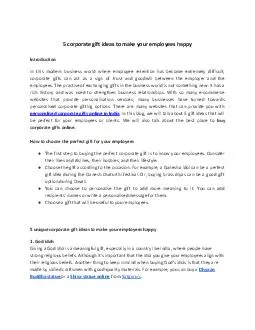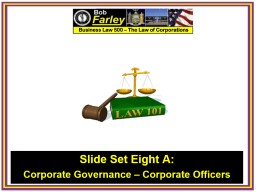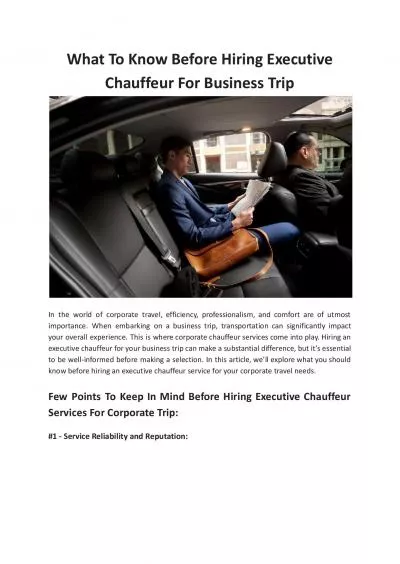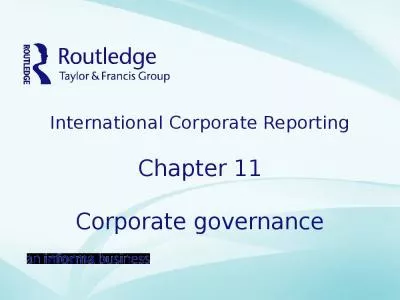PPT-Corporate writing (KOC3466)
Author : tatiana-dople | Published Date : 2019-12-11
Corporate writing KOC3466 Lecturer Dr Nurul Ain Mohd Hasan Contact details 8946 8323 namhupmedumy Weekly lecture topics Topic Topic 1 The role of PR as a writer
Presentation Embed Code
Download Presentation
Download Presentation The PPT/PDF document "Corporate writing (KOC3466)" is the property of its rightful owner. Permission is granted to download and print the materials on this website for personal, non-commercial use only, and to display it on your personal computer provided you do not modify the materials and that you retain all copyright notices contained in the materials. By downloading content from our website, you accept the terms of this agreement.
Corporate writing (KOC3466): Transcript
Download Rules Of Document
"Corporate writing (KOC3466)"The content belongs to its owner. You may download and print it for personal use, without modification, and keep all copyright notices. By downloading, you agree to these terms.
Related Documents

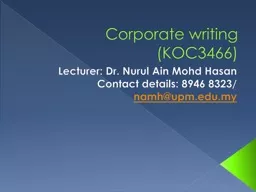
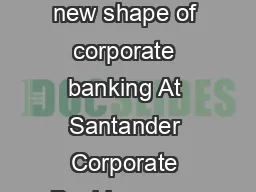
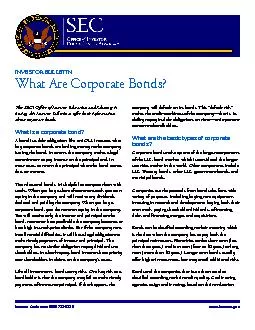

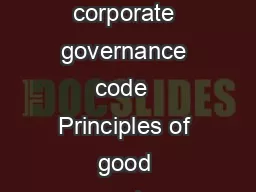
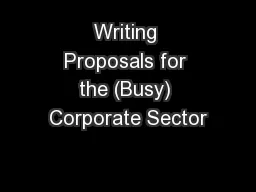
![[DOWNLOAD] - 180 Days of Writing for Third Grade - An Easy-to-Use Third Grade Writing](https://thumbs.docslides.com/901429/download-180-days-of-writing-for-third-grade-an-easy-to-use-third-grade-writing-workbook-to-practice-and-improve-writing-skills.jpg)
![[READ] - Writing a Successful College Application Essay (Barron\'s Writing a Successful](https://thumbs.docslides.com/901982/read-writing-a-successful-college-application-essay-barron-s-writing-a-successful-college-application-essay.jpg)
![[EPUB] - Businesspeople Don\'t Like to Read, We Scan: A Quick, Strategic Guide for Effective](https://thumbs.docslides.com/902899/epub-businesspeople-don-t-like-to-read-we-scan-a-quick-strategic-guide-for-effective-business-writing-speaking-and-writing.jpg)
![[EBOOK] - Ecologies of Writing Programs: Program Profiles in Context (Writing Program](https://thumbs.docslides.com/906283/ebook-ecologies-of-writing-programs-program-profiles-in-context-writing-program-adminstration.jpg)
